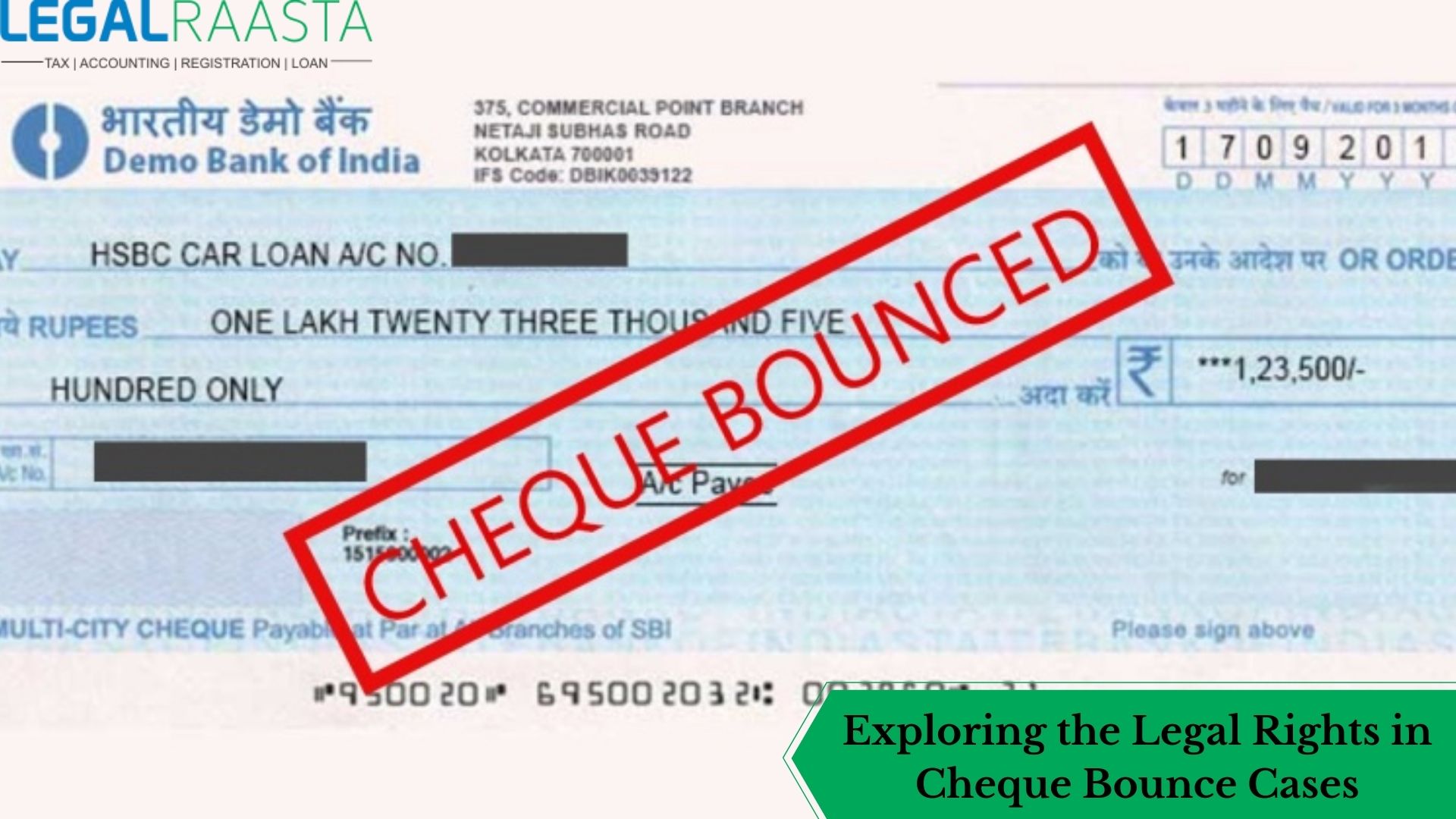Views of Indian Judiciary About Live-In Relationship
The idea of a live-in relationship was the one that was neglected by the Indian Society for a very long time. Living together before marriage was considered an offense or crime to the Indian culture formerly. Most significantly, the Hindu Law prefers ‘One man, one wife’ as the most sacred form of matrimony. But as the society began to evolve themselves mentally, the proceeding generations are ready to accept some refusing practices. For example, if we consider the case of decriminalizing homosexual cohabitation. Recent judgments involving the decriminalizing section 377 and 497 of the IPC, depict how the Indian laws have also evolved along with society.
People need not abide by strict rules while in a live-in relationship. Statistics show that 80% of Indians currently support the concept of a live-in relationship and less than half percent prefer experiencing such a living setup. Dealing with or convincing your family is one of the major troubles that Indian couples had to face. The majority of the couples that are living in such a setup are hiding this fact from their family. Here we will try to analyze what a live-in relationship is, what does a live-in relationship means in India, how does Indian law defines it, and also the provisions.
Defining Live-In Relationship
The concept of a live-in relationship evolves from the growing mindset of people who began to crave a relationship with bo-strings-attached. A living relationship couple is the ones who cohabit, with no expectations being the bottom line. But there exists no legal definition to describe the concept in Indian Law. It is seen as a westernized theory that has very little relevance with the Indian tradition. Therefore, the Supreme Court of India, in several instances has taken the liberty to elaborate on the concept and idea of a live-in relationship through its judgments. It basically differs from a marriage. (Marriage or wedlock or matrimony, is an acknowledgeable union of people socially/ritually). Partners in live-in relationships do not force on obligations.
There exist no proper explanation in case someone asks whether a live-in relationship is good or bad. It will simply depend on the individual and his/her personality on looking from a different perspective. People tend to believe that while living together they can understand each other better and also for various other reasons, which cannot be denied.
What does Indian Law mean to say?
In a typical marriage setup, the spouses are assigned various rights and also duties to be performed by either of them. There are various personal laws like Hindu laws, Muslim laws, Christian laws, etc. that tend to govern and also protect the marital bond of a recognized couple. A live-in relationship is an alien concept to the Indian legislature. Therefore, it does not have any legal implications for the couples who are actually considering living together without marriage and just being involved in a relationship.
Since living relationships do support pre-marital sex, there are great chances of a child being conceived. A child born in such a situation, unlike the successors born out of wedlock, will not have any rights over the inheritance. Apart from this, society treats them as illegitimate children, which would be unacceptable. But the Hon’ble Supreme Court of India freed them from this ill-fate. The Court granted them the status of a legitimate child with the right to property.
Live-in relationships were seen as void-ab-initio legally. However, in a judgment in 1978, such relationships are valid for the very first time because of the Supreme Court. In case the requisites of a marriage like mental soundness, the fulfillment of the legal age of getting married, consent, etc. are all satisfied, the couple is considered to be in a legal live-in relationship. The couple is also considered as married in case they live together for a considerably long period until proven otherwise.
The apex court has provided five different types of living together in its excellent judgment of Indra Sarma Vs V.K.V.Sarma in 2013. It is also mentioned that relationships with such a setup would fall within the ambit of Section 2(f) of the Protection of Women Against Domestic Violence Act, 2005 that offers an insight into the concerned concept. In a live-in relationship, the facets of the relationship might find a conclusion, irrespective of any decision made by the couple.
Legal Provisions for the Protection of Women in a Live-In Relationship
Couple desire to explore different kinds of lifestyles nowadays. The live-in relationship has become more of a trend these days since they know that the perception of understanding might vary. Though the patriarchal mindset has not been eradicated yet from Indian society, Indian couples widely accept the concept. There were several occasions where women were taken for granted and mistreated. However, they didn’t have any hope for legal remedies in Indian Laws. but as the cases of harassment and violence hiked, the Supreme Court of India decided to offer the victims the relief, produced under the Domestic Violence Act. this act does not mention marriage but as a ‘relationship in the nature of marriage’.
The maintenance right is also a provision that is provided exclusively to married women in the existing personal laws. Still, these laws do not tend to govern anything less than a marriage, the women in a live-in relationship, at any instance, cannot demand maintenance from the male partner. The courts later provided this remedy by widening the scope of support under Section 125. From the Code of Criminal Procedure, criminalizing any man who does not give proper maintenance to the woman is questionable.
Legal Provisions Regarding the Protection of a Child Born in a Live-in Relationship
Mental trauma affects children who are conceived in such a relationship. There might be custody problems or maintenance problems as the child grows. The courts have declared such children to be legitimate. They are provided the right to property, not just ancestral but also self-bought property. Section 125 of the CrPC includes provision for all children who cannot claim remedies in their laws. The Indian law also does not allow the couples living together to adopt a child as per terms laid down by CARA.
Domestic Violence Act, 2005
For the very first time in the Protection of Women from Domestic Violence Act, 2005 (Pwdva), the legislature has acknowledged live-in relationships by providing rights and protection to those females who are not legally married, but rather are living with a male person in a relationship, which is in the idea of marriage, additionally akin to wife, but not equivalent to wife.
Though the live-in relationship is not categorically defined in the Act but left to the court’s interpretation.
We provide all kinds of legal services like Trademark Registration, Company Registration, FSSAI License, and many more. So, contact the expert team of “LegalRaasta”, for a completely smooth and hassle-free process.
Related Links
Delhi marriage certificate – Requirements, Procedure & Charges for registration










